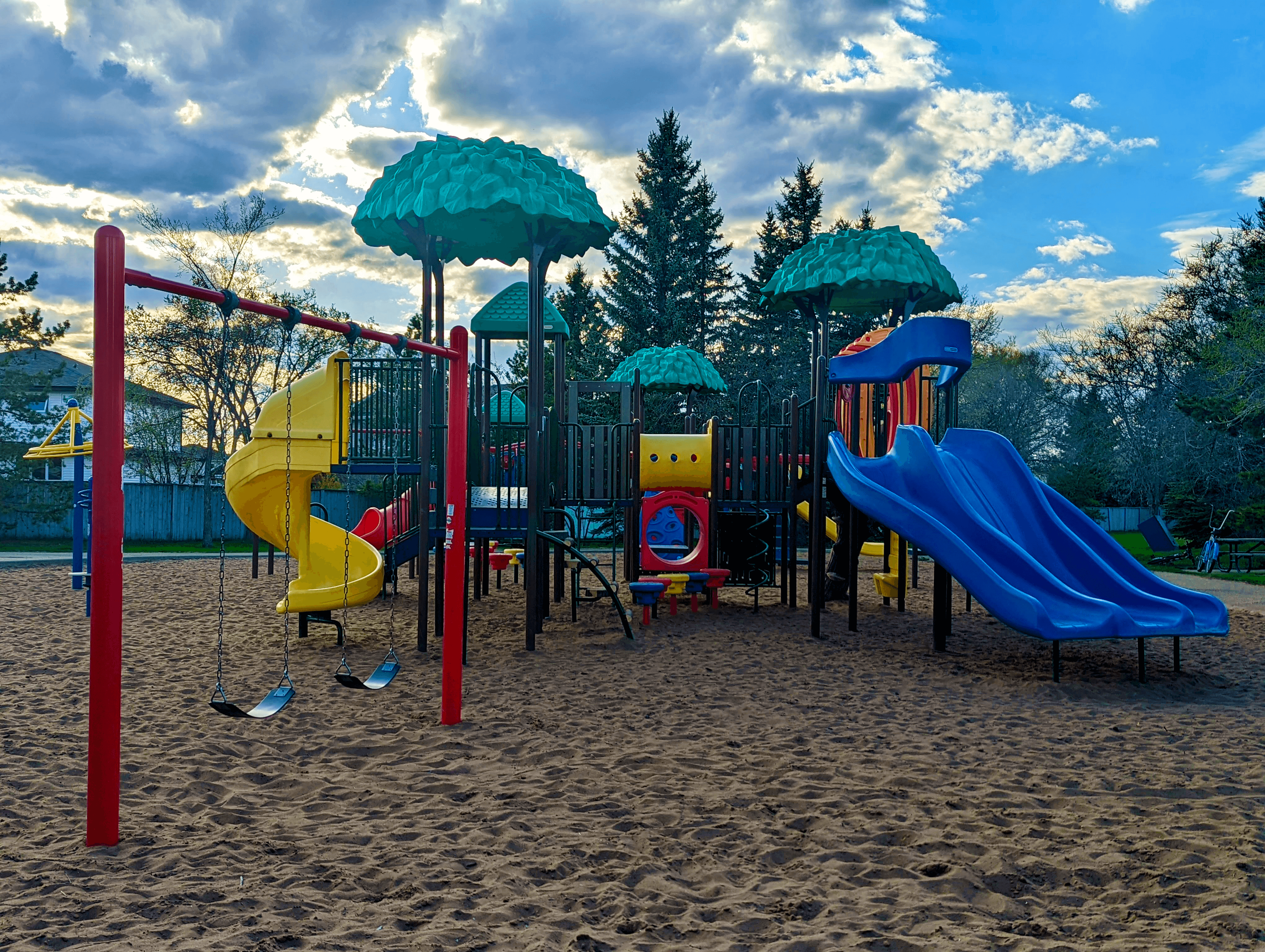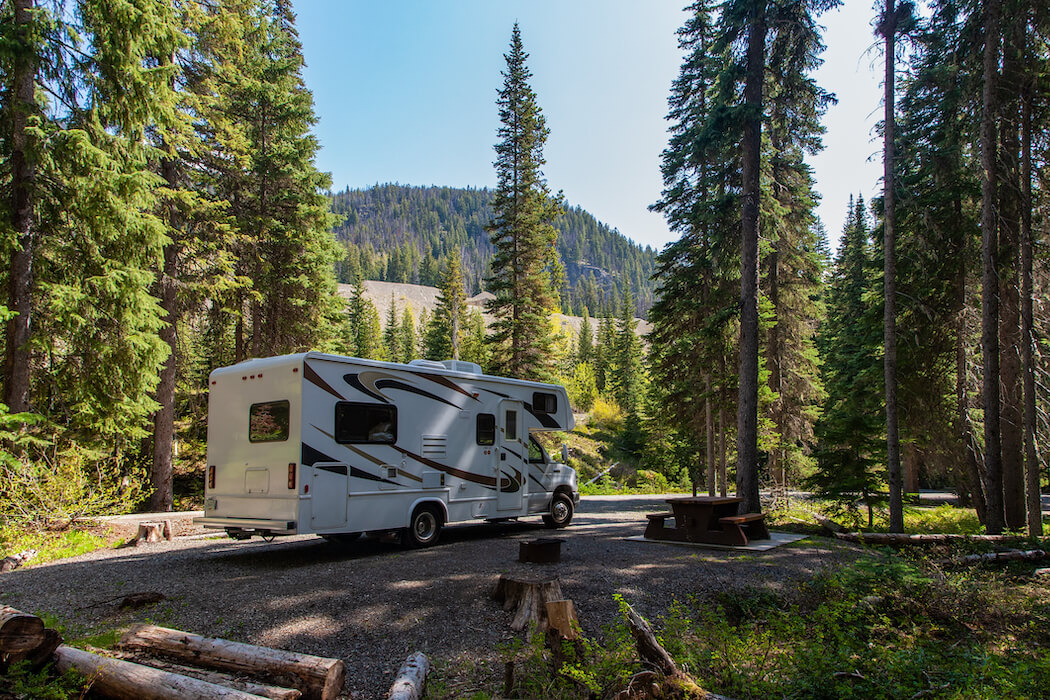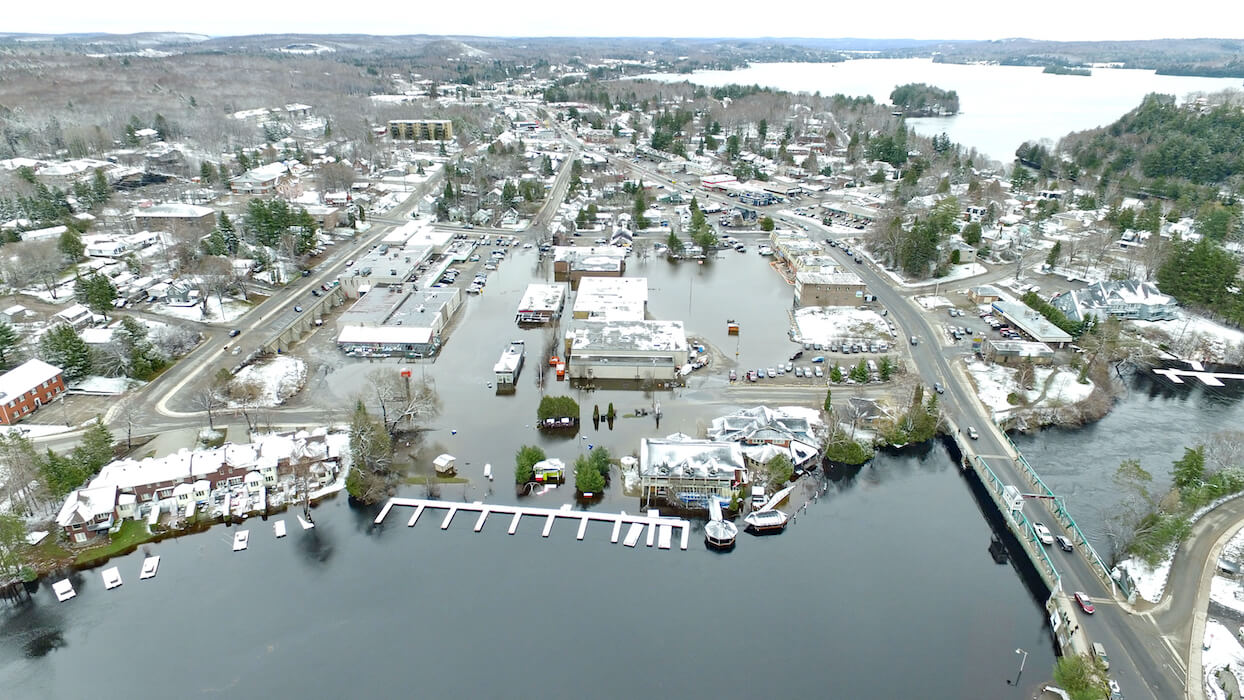Articles
Santa's Elves: Craftsmen or Engineers?
Christmas elves are really busy during the holidays, and essential helpers for Santa Claus! But who are these sprites and what technologies do they employ? Did they receive training in school? Do they use magic? Do they only eat cookies and other sweets washed down with milk? To satisfy your curiosity, here is a little more information!
Leonardo da Vinci - a trailblazer in forensic engineering?
Let’s go back to basics: what do forensic engineers really do? The job is split into two parts. First, these specialized engineers analyze structural, mechanical, and other engineering failures: What was the problem? Why did it happen? Then, they develop methods to resolve them: what is the best course of action for repair or is there any avenue for recovery?
Women in Engineering – Spotlight on CEP’s Female Experts
Want to know more about the humans behind the expertise? To mark International Women in Engineering Day on June 23, our female experts are taking centre stage this week! At CEP Forensic, we want to celebrate the contribution of our teams in all their diversity! Our female engineers and investigators are already well known by their colleagues and clients for their professionalism and thoroughness.
Run, jump and play - The hazards of play structures
As weather gets warmer, children and families are likely to be spending more time outdoors and at the local play structure! Although playgrounds are usually fun for children of all ages, accidents can happen, which may result in injuries. This article addresses some common play structure hazards seen by our experts in various losses.
RV Damage – a Multi-Disciplinary Approach
With the weather getting warmer across the country, recreational vehicle (RV) owners are dusting off their ‘home-away-from-home’ in preparation for adventure. While the extent of these journeys will vary, many owners did not purchase their RV with the intention of only staying on well groomed roadways. Unfortunately, a myriad of issues can arise, for a variety of reasons, in which case CEP can help you untangle the cause.
The Hazards and Safety Concerns in Flooded Buildings
When flood waters rise, the first concern is always evacuation of those in immediate danger. But once the immediate threat to life has subsided, the insurance community begins to assess the damage. In catastrophic loss situations, the overwhelming amount of damage can be daunting. So, where do you start?
Subscribe to our newsletter and never miss our news!






